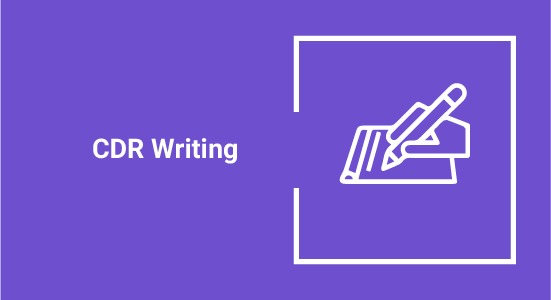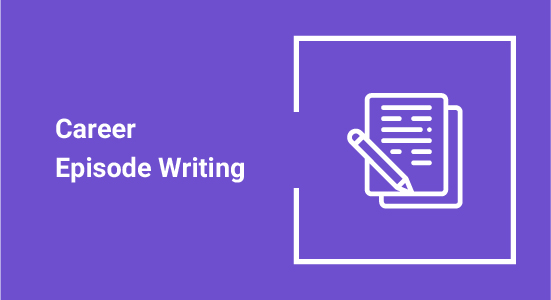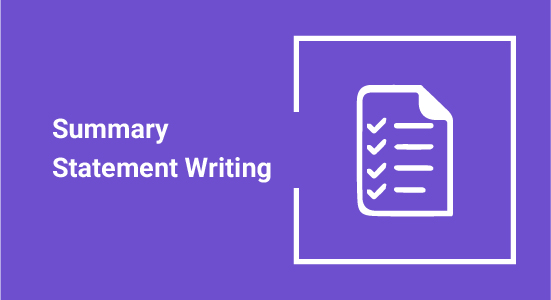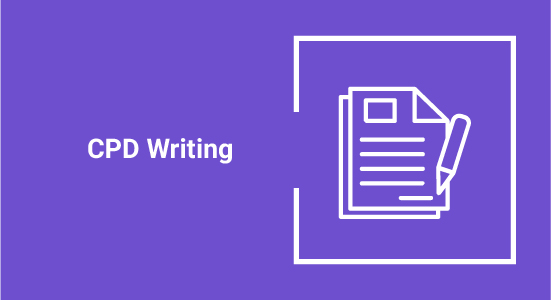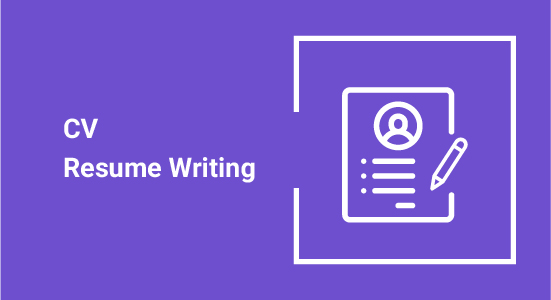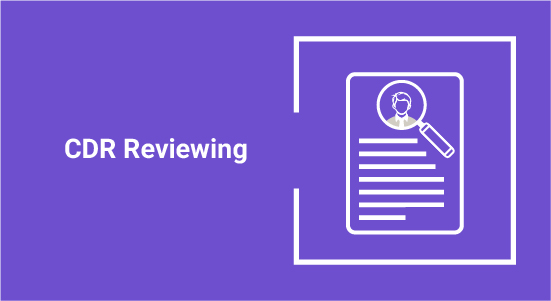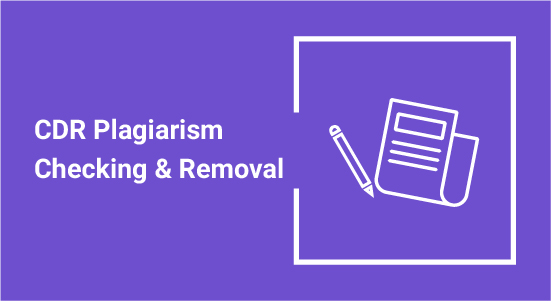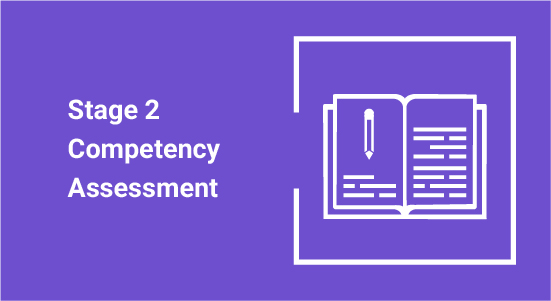Engineering Competency Claim
Stage 2 Competency Assessment

Get Free Samples
Stage 2 Competency Assessment Services
The Stage 2 Competency Assessment Standards are the profession’s expression of the knowledge and skill base, engineering application abilities, and professional skills, values and attitudes that must be demonstrated in order to practice independently or unsupervised.
Purpose Of The Stage 2 Competency Standards
The Stage 2 Competency Assessment standards are used as the basis of assessment for Chartered membership of Engineers Australia (CPEng) and registration on the National Engineering Register (NER). Chartered membership is exclusive to Engineers Australia. It is a professional credential recognized by government, business and the general public worldwide. The achievement of CPEng brings with it a career long obligation to maintain competence in a chosen practice area.
What is expected of an experienced professional engineer?
The community has certain expectations of experienced professional engineers, their competence, how they apply this competence and how they will conduct themselves. Experienced professional engineers:
- ➝ understand the requirements of clients, wide ranging stakeholders and of society as a whole.
- ➝ work to optimize social, environmental and economic outcomes over the full lifetime of the engineering product or program.
- ➝ interact effectively with other disciplines, professions and people.
- ➝ ensure that the engineering contribution is properly integrated into the totality of the project, program or process are responsible for:
- ➝ interpreting technological possibilities to society, business and government.
- ➝ ensuring, as far as possible, that policy decisions are properly informed by possibilities and consequences.
- ➝ ensuring that costs, risks and limitations are properly understood in the context of the desirable outcomes.
- ➝ bringing knowledge to bear from multiple sources to develop solutions to complex problems and issues.
- ➝ ensuring that technical and non-technical considerations are properly integrated.
- ➝ managing risk as well as sustainability issues.
- ➝ ensuring that all aspects of a project, program or process are soundly based in theory and fundamental principle.
- ➝ for understanding clearly how new developments relate to established practice and experience and to other disciplines with which they may interact.
While the outcomes of engineering generally have physical forms, the work of experienced professional engineers recognizes the interaction between people and technology. Professional engineers may conduct research concerned with advancing the science of engineering and with developing new principles and technologies within a broad engineering discipline. Alternatively, they may contribute to the education of engineers, continual improvement in the practice of engineering and to devising and updating the codes and standards that govern it.
Assessment Pathway
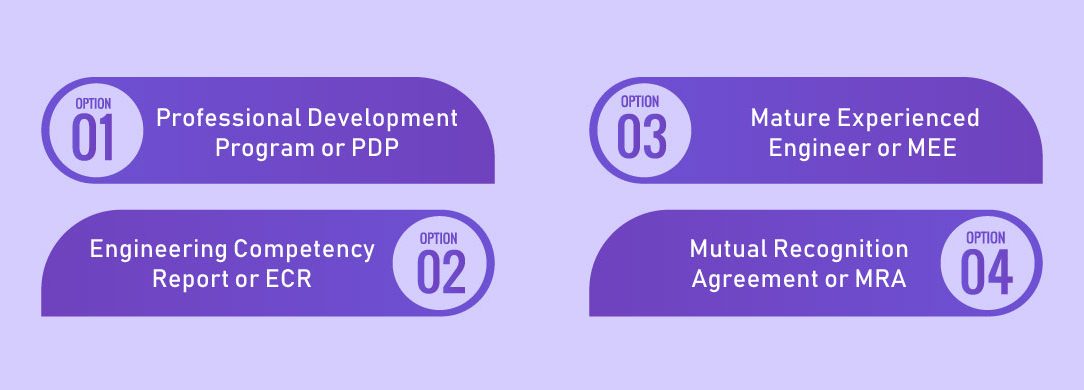
There are four assessment pathways available for the engineers who want to apply for Stage 2 competency (CPeng).
- ➝ Professional Development Program or PDP,
- ➝ Engineering Competency Report or ECR,
- ➝ Mature Experienced Engineer or MEE and
- ➝ Mutual Recognition Agreement or MRA
Documents Required For Stage 2 Competency Assessment
After the selection of the E-Chartered pathway, the engineers seeking the Chartered Status recognition will be required to submit a number of documents. The submission items are meant to provide documented evidence to Engineers Australia for the assessment of the level of engineering competency of the applicant. Below are the four main submission documents required by the Institution of Engineers Australia for registration as a chartered professional engineer.
- ➝ Engineering competency claims (ECCs)
- ➝ Engineering Experience Record (EER)
- ➝ Continuing Professional Development (CPD) Record
- ➝ Updated Resume
Stage 2 competency standards
The Stage 2 competency standards are generic in the sense that they apply to all disciples of engineering in four units:
- ➝ Personal commitment
- ➝ Obligation to community
- ➝ Value in the workplace
- ➝ Technical proficiency
Each unit contains elements of competence and indicators of attainment. The elements of competence are the capabilities necessary to the unit of competence and the indicators of attainment serve as a guide to the engineering work likely to be considered as demonstrating attainment of that competence.
Engineering Experience Record (EER)
Engineering Experience Record (EER) is a short description of employment and job roles in about 700 words. The process of preparing the above submission items is time-consuming and relatively complex. However, with background knowledge of the requirements, it can be easy to prepare all submissions.
Other Services
